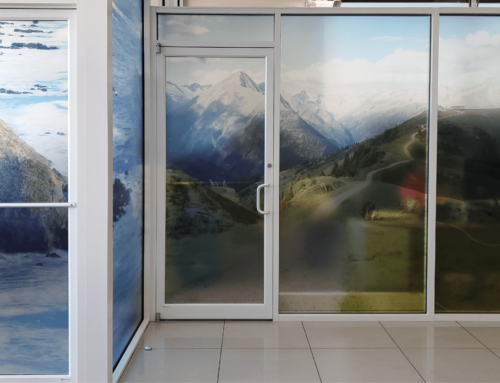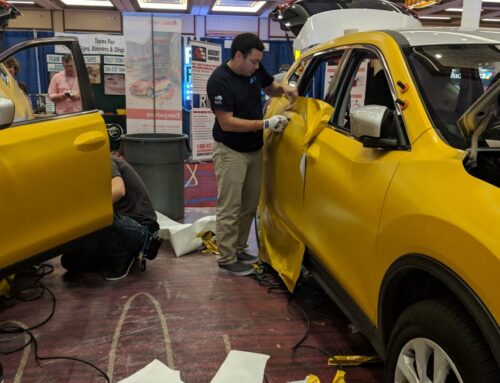When it comes to traveling over a long distance, the smaller the vehicle you are using, the greater the discomfort you will feel as the journey progresses. This fact should not discourage anyone from taking a car trip; rather, it should prepare them for taking all the necessary precaution and follow the right tips to maximize comfort during the journey. Here are important precautions to take when you are traveling long distance with a car.
Plan the journey according to traffic
When planning the journey, think of all the high traffic areas that you will pass through. These can be central business districts of towns or cities, as well as national highway entry points from a city. The goal here is to pass through the areas prone to heavy traffic during off peak hours. The worst mistake you can do is to get stuck in traffic when you are already using a car that you have filled.
At traffic snarl-ups, there is no breeze, no sense of movement and too much frustration on your passengers as well as other road users. These conditions amplify the feeling of fatigue that you could already be feeling.
Consider getting through towns very early in the morning or late in the night, when there is very little traffic. If there is a bypass that does not have much traffic, choose to use it. Other favorable roads are those that although full of traffic, there are no entries or exist, and so there is always a seamless flow of vehicles.
Add additional time to cater for unwanted surprises
If you have to use transition points such as ferry crossings or must reach a given destination at a particular time, its best to give yourself an allowance of at least a quarter of the total journey period, just to take care of the unforeseen delays that may arise. If you have other passengers who do not know the journey, add the same amount of time when giving them an estimate of how long it will take as this prepares them psychologically for the long haul.
Make sure the car is in a good mechanical condition
When you are ready to take the trip, your car may not be ready. It is a mistake to assume that a car that moves, or takes you to work and back, is ready for tackling hundreds of kilometers. A long distance requires adequate preparation, to get rid of mechanical problems, and preventable accidents.
Measure the thread on your tires and ensure that they are longer that the minimum required length. It is advisable to have them longer than 3-mm. Good tires make the car easy to handle, and worn out cause the car to take long braking distances.
Still on tires, you need the right pressure threshold, for the sake of accurate steering and braking. Moreover, tires with inadequate air in them will wear out more quickly when you are off road or as you navigate corners. The more luggage, you have in the car, the higher the need for fully inflated tires.
As a precaution, the spare tire should also have the same pressure as the other tires, to keep the right car balance in case you have to change the tires. Think of the weather elements like temperature and humidity will affect the resulting volume of air in the tire at all times. Work with the prevailing conditions.
As you drive, you engine will get hot, and you will rely on the radiator to cool it. Your duty is to keep water in the radiator, and as you move, cool air passing through its fins will cool it as it circulates around the engine parts. In winter or very high altitude areas, the water on the radiator may freeze, causing heat damage to your engine, and abruptly halting your journey.
Look for water coolant products and anti-freezing products from your auto mart and use them to keep your car in good condition. Moving parts require lubricants and a car has numerous moving parts. Always change your oil when it is due, and keep the levels at the recommended levels to keep everything running smoothly. Friction causes heating and can severely wear out moving parts, requiring a complete replacement, which will be costly – I’m sure you don’t want to send your car to the mechanic while on your vacation!


![Tesla Wrap Maryland: Guide, Tips & 3 Top Services [Reviewed]](https://www.vehiclewrapping.com/wp-content/uploads/2024/02/Maryland-Tesla-Wraps-500x383.png)



